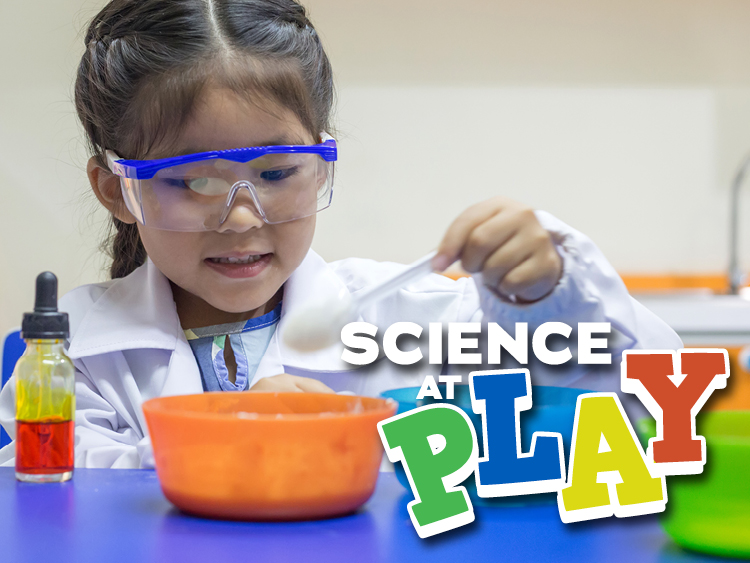This Sunday morning, as you make scrambled eggs or incorporate a couple of eggs into your pancakes, take a closer look at your egg cracking technique. In this edition of Science Sunday, Mark and Aoife crackdown on a scientific way to break open an eggshell.
When you crack an egg on the edge of a bowl or pan, you force some of the shell back into the egg, resulting in tiny fragments of shell in your eggs. Instead, by cracking the egg on a flat surface, you avoid breaking the membrane of the shell, allowing the egg to come out smoothly with no shell attached. By doing a simple at-home experiment of soaking an egg in vinegar, you can see how the structure of the egg relates to the best cracking technique. As the vinegar dissolves the calcium carbonate in the shell, it leaves behind the rest of the egg encased in a membrane. Look out for this membrane, between the whites of the egg and the inside of the shell, the next time you make your breakfast!
After you practice your new egg cracking skills, you might find yourself looking for something to do. Before you put away the carton of eggs, grab one and submerge it fully in vinegar. Make sure to place your new science experiment in a quiet place where it won’t be disturbed. After about 12 hours, check on your egg. You might notice that the shell is flaking off or that the previously clear vinegar is now murky. You can carefully replace the vinegar with fresh vinegar and put it back in its safe spot.
After 24-36 hours, you should find that your egg is now squishy and pliable. Congratulations! You have successfully removed the calcium carbonate shell from your egg. Vinegar contains acetic acid which reacts with the calcium carbonate shell. The result of this reaction is calcium acetate which is now floating around outside the egg, some carbon dioxide which you might have seen in the form of bubbles coming off the egg, and of course – your now shell-less egg.
2 CH3COOH + CaCO3 = Ca(CH3COO)2 + H2O + CO2
Acetic acid + Calcium carbonate = Calcium acetate + Water + Carbon dioxide
Carefully take your egg out and feel it. The thin layer you notice holding everything together is a flexible membrane made out of protein. This protein matrix is partially made up of keratin – the same protein in our nails and hair! Try shining a flashlight through the membrane. Can you spot the yolk? Try carefully bouncing the egg on a surface. Be warned – it is very likely to break open!
If you would like to take your science experiment a step further, try placing your shell-less egg in different liquids. The membrane is a semi-permeable membrane. A semi-permeable membrane allows certain molecules to pass through. You can experiment with this membrane by seeing what placing the egg in different liquids will do. Try corn syrup or salt water!
Two things to remember as you experiment with your eggs:
- Make sure to test in a place that is easy to clean. Raw egg science gets messy quick.
- Try out as many of your own ideas as you can think of! One of the best parts of science is that it is based on the fun of exploring and discovering. As long as you are experimenting safely, no idea is too weird or crazy!

Mark Dixon is a meteorologist on WFSB Channel 3 Eyewitness News and a host of the weekly Science Sunday segments with the Connecticut Science Center. He has been nominated for several Emmy awards for weather anchoring and has won awards from the Connecticut Associated Press Broadcaster’s Association and the American Meteorological society.

Aoife Ryle is a STEM Educator at the Connecticut Science Center. In addition to working with school groups, she works with our Teen Program, Overnights department, and shoots weekly science segments for WFSB. She has a degree in Bioengineering from the University of Maine and has a personal interest in the life sciences and engineering which makes bioengineering a perfect crossover.



